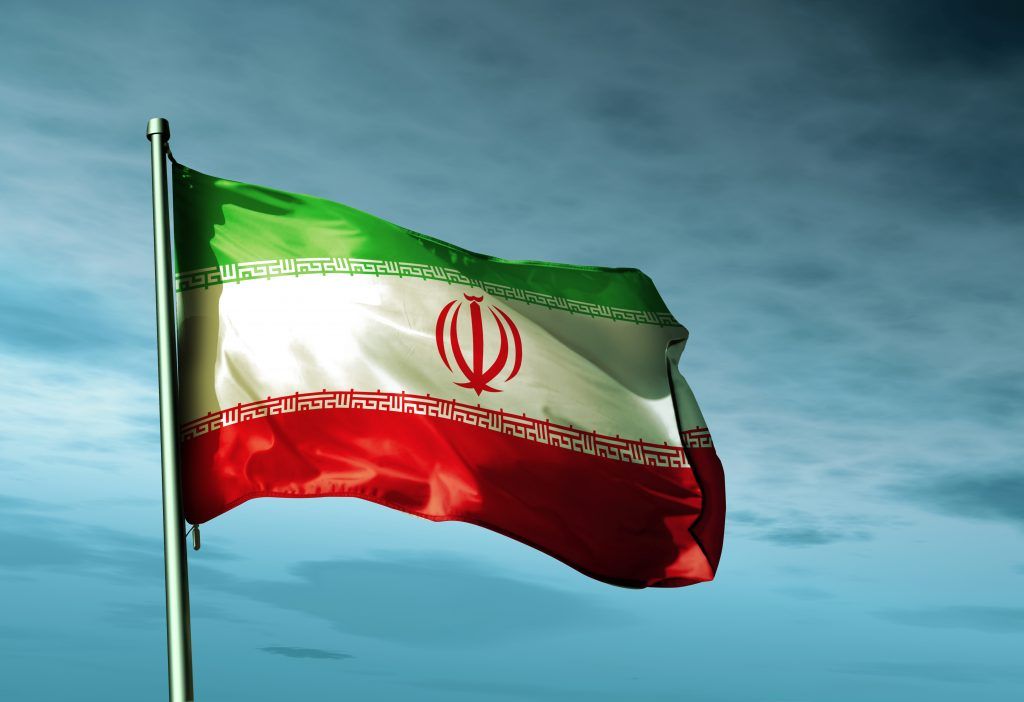Frank von Hippel, Program on Science and Global Security, Princeton University, senior research physicist and professor of public and international affairs emeritus, EXPERT COMMENTARY
The July 14 agreement is a political miracle. The diplomats negotiated in a spirit of mutual respect and achieved enough trust to turn the corner from escalation to de-escalation. Iran has agreed to back away from the nuclear-weapon threshold in exchange for a lifting of nuclear-related sanctions.
It came despite the high level of distrust between Iran and the United States based on our poisonous recent history. The CIA supported the overthrow of Iran’s nascent democracy in 1953. And Iranian militants held US diplomats and citizens hostage from 1979 to 1981. The easiest path politically on both sides would have been for the United States to continue to tighten sanctions and for Iran to defiantly go in exactly the direction we don’t want—closer to a weapons capability.
It would have been even better if Iran had decided that it did not need a uranium enrichment program at all. But 12 years of escalation have shown that was not an option. Also, it is too predictable that an Iranian decision to abandon its enrichment program would have been greeted in the United States as a victory for sanctions and an invitation to make additional demands. If this agreement works, agreements may be possible down the road, further reducing the proliferation potential of Iran’s nuclear program. But for now, this is the best that could be hoped for.
The Obama administration argues—and I agree—that the ratcheting back of Iran’s enrichment capacity will give the world a much longer warning time should Iran attempt to build a bomb. If Iran should decide to start producing weapon-grade highly enriched uranium, it would take about a year before it could accumulate enough for a first bomb. Iran also has agreed to modify the Arak research reactor so that if would take several years to produce and separate enough plutonium for a bomb. And, to deal with concerns about clandestine enrichment, Iran has agreed to International Atomic Energy Agency (IAEA) inspections far beyond those that have been accepted by Brazil and Japan, both of which have uranium-enrichment programs.
A major complaint about the agreement is that parts of it are time limited. Most importantly, 10 years out, Iran’s enrichment program could start growing again. This would result in Iran’s breakout time shrinking. There is no guarantee that our trust toward Iran will build up in 10 years to the level we have for Brazil, whose enrichment program was part of a nuclear-weapon effort before 1988, or Japan, where a significant part of the national security establishment sees its plutonium program as a virtual nuclear deterrent against China.
The deal does give us at least 10 years, however, to devise an alternative to Saudi Arabia and other countries developing their own enrichment programs. Urenco, a multinational company controlled by the governments of Germany, the Netherlands, and the United Kingdom, accounts for 60 percent of global enrichment capacity outside of Russia, including the only commercial enrichment plant operating in the United States. One option that should be explored is multinational ownership and management of Iran’s enrichment complex by a group of countries—perhaps including the United States.















